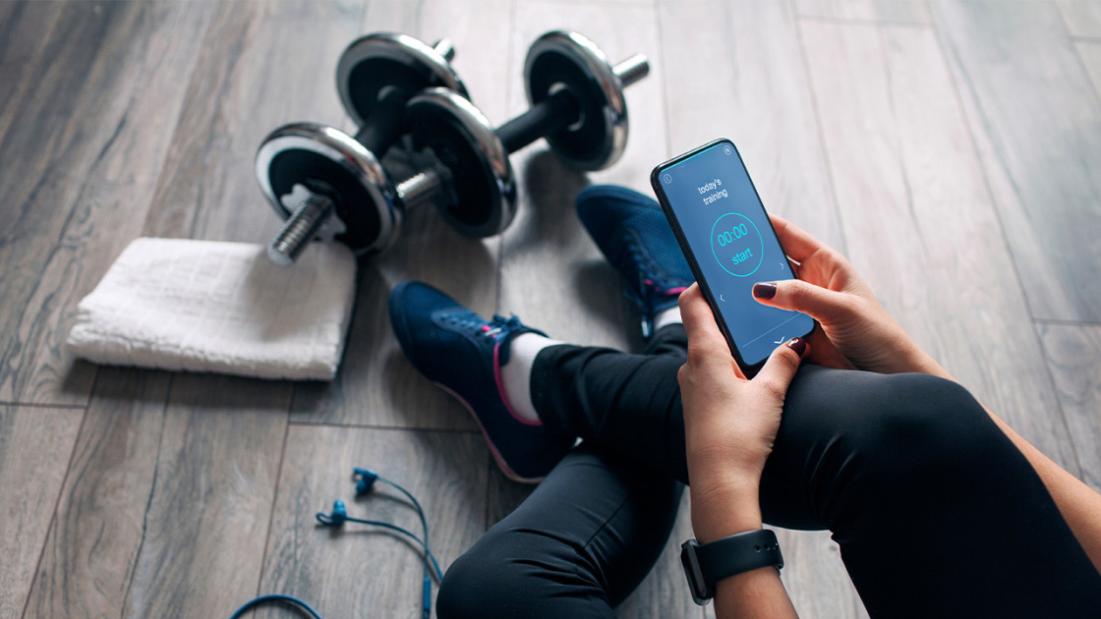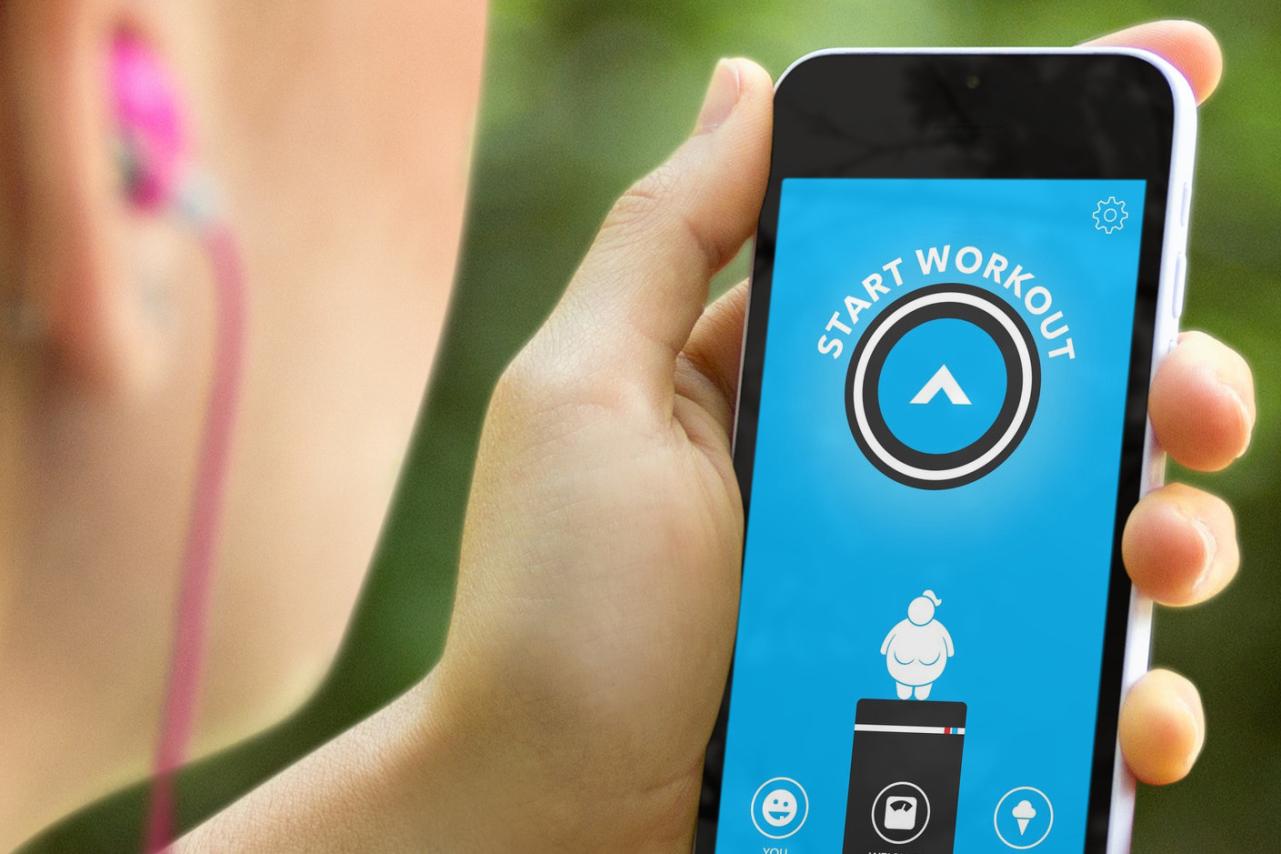How Can Fitness Apps Help Me Track My Progress?
In today's digital age, fitness apps have become an indispensable tool for individuals seeking to improve their health and well-being. These apps offer a wide range of features and functionalities that can help users track their progress, stay motivated, and achieve their fitness goals.

Types Of Fitness Apps:
Fitness apps can be broadly categorized into several types, each with its own unique features and functionalities:
- Step counters and pedometers: These apps track the number of steps taken throughout the day, providing insights into daily activity levels.
- Calorie counters and diet trackers: These apps help users monitor their calorie intake and macronutrient distribution, promoting healthier eating habits.
- Workout trackers and exercise logs: These apps allow users to record their workouts, including exercises performed, sets, repetitions, and weight lifted.
- GPS trackers for running and cycling: These apps use GPS technology to track the distance, pace, and route of outdoor activities.
- Heart rate monitors and sleep trackers: These apps monitor heart rate and sleep patterns, providing insights into overall fitness and well-being.
How Fitness Apps Track Progress:
Fitness apps employ various methods to collect and analyze data, enabling users to track their progress effectively:
Data Collection:
- Sensors: Many fitness apps utilize sensors built into smartphones or wearable devices to collect data on steps taken, distance traveled, heart rate, and other metrics.
- GPS: GPS technology is used to track the location and route of outdoor activities, providing insights into distance, pace, and elevation.
- Manual Input: Users can also manually input data into fitness apps, such as food intake, workout details, and sleep duration.
Data Analysis:
- Algorithms: Fitness apps employ sophisticated algorithms to analyze the collected data, extracting meaningful insights and trends.
- Machine Learning: Machine learning techniques are used to personalize the app experience, offering tailored recommendations and feedback based on individual user data.
Progress Tracking:
- Graphs and Charts: Fitness apps typically present progress data in the form of graphs and charts, making it easy for users to visualize their improvements over time.
- Visual Representations: Some apps use visual representations, such as progress bars and activity rings, to provide a more engaging and motivating way to track progress.
Benefits Of Using Fitness Apps For Progress Tracking:
Fitness apps offer numerous benefits that can help users stay motivated, accountable, and on track towards their fitness goals:
Motivation And Accountability:
- Challenges and Rewards: Many fitness apps incorporate challenges, rewards, and social features to keep users engaged and motivated.
- Community Support: Some apps offer online communities where users can connect with others, share their progress, and receive encouragement.
Personalized Feedback:
- AI-Powered Insights: Fitness apps use AI and data analysis to provide personalized feedback and recommendations tailored to individual users.
- Progress Reports: Some apps generate progress reports that summarize achievements, identify areas for improvement, and suggest adjustments to workout routines.
Long-Term Tracking:
- Historical Data: Fitness apps store historical data, allowing users to track their progress over extended periods of time.
- Trend Analysis: Long-term data enables users to identify trends and patterns in their fitness journey, helping them make informed decisions and adjust their strategies accordingly.
Choosing The Right Fitness App:

Selecting the right fitness app is crucial for maximizing its benefits. Here are some factors to consider:
- Compatibility: Ensure that the app is compatible with your devices and operating systems.
- Features and Functionalities: Choose an app that offers the features and functionalities that align with your fitness goals and preferences.
- User Interface: Consider the app's user interface and ease of use to ensure a seamless and enjoyable experience.
- Cost and Subscription Options: Evaluate the app's cost and subscription options to find one that fits your budget.
- Reviews and Ratings: Read reviews and ratings from other users to gain insights into the app's performance and reliability.
Tips For Getting The Most Out Of A Fitness App:
- Set Clear Goals: Define your fitness goals and objectives to guide your progress tracking efforts.
- Use the App Consistently: Regular use of the app is essential for accurate data collection and meaningful progress tracking.
- Explore All Features: Familiarize yourself with all the features and functionalities of the app to unlock its full potential.
- Seek Support: If you encounter any issues or have questions, reach out to the app's community or customer service for assistance.
Fitness apps have revolutionized the way individuals track their progress towards their fitness goals. By leveraging data collection, analysis, and visualization techniques, these apps provide users with valuable insights, motivation, and accountability. Choosing the right fitness app and utilizing it effectively can significantly enhance your fitness journey and help you achieve lasting results.
YesNo

Leave a Reply